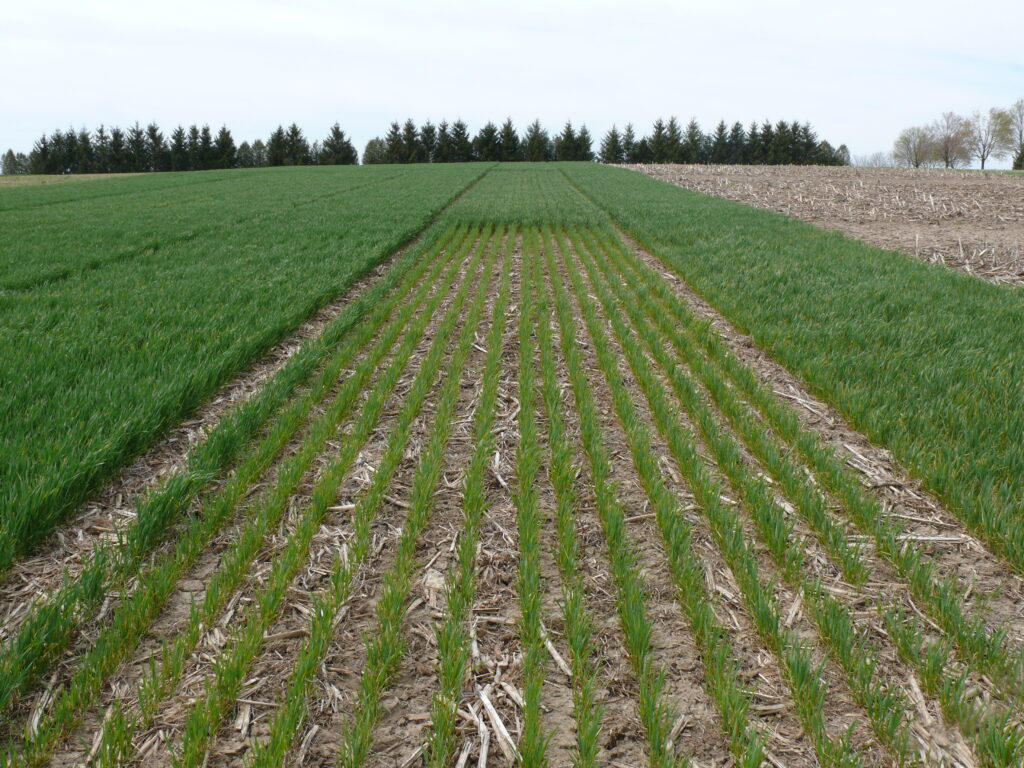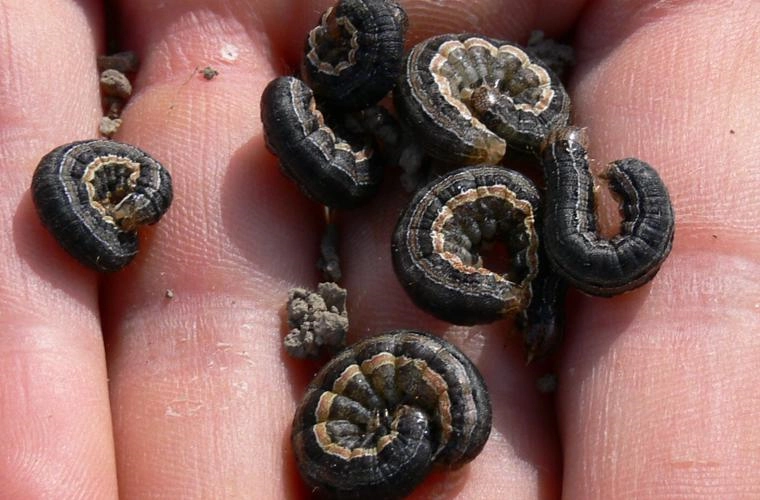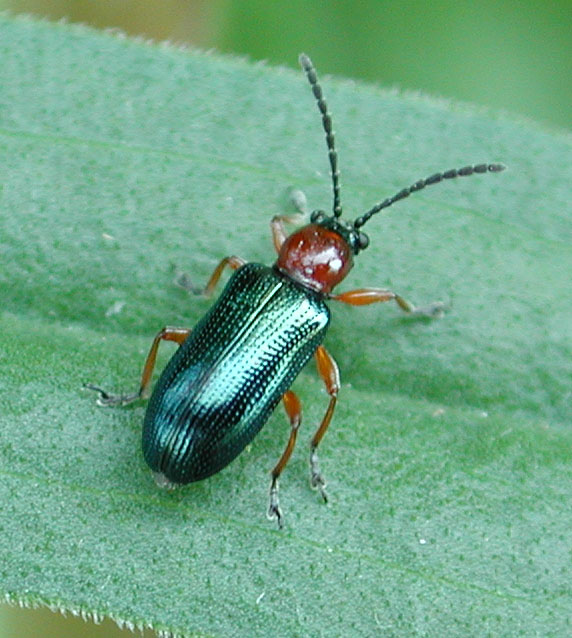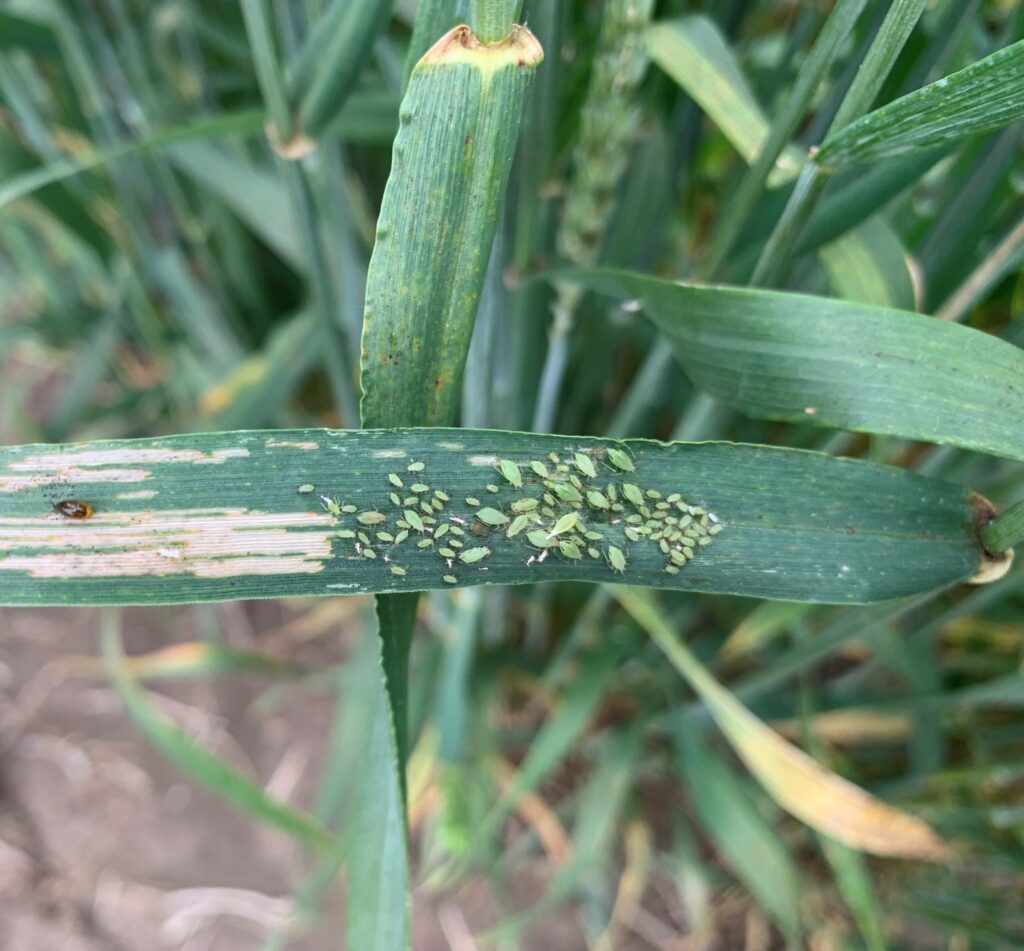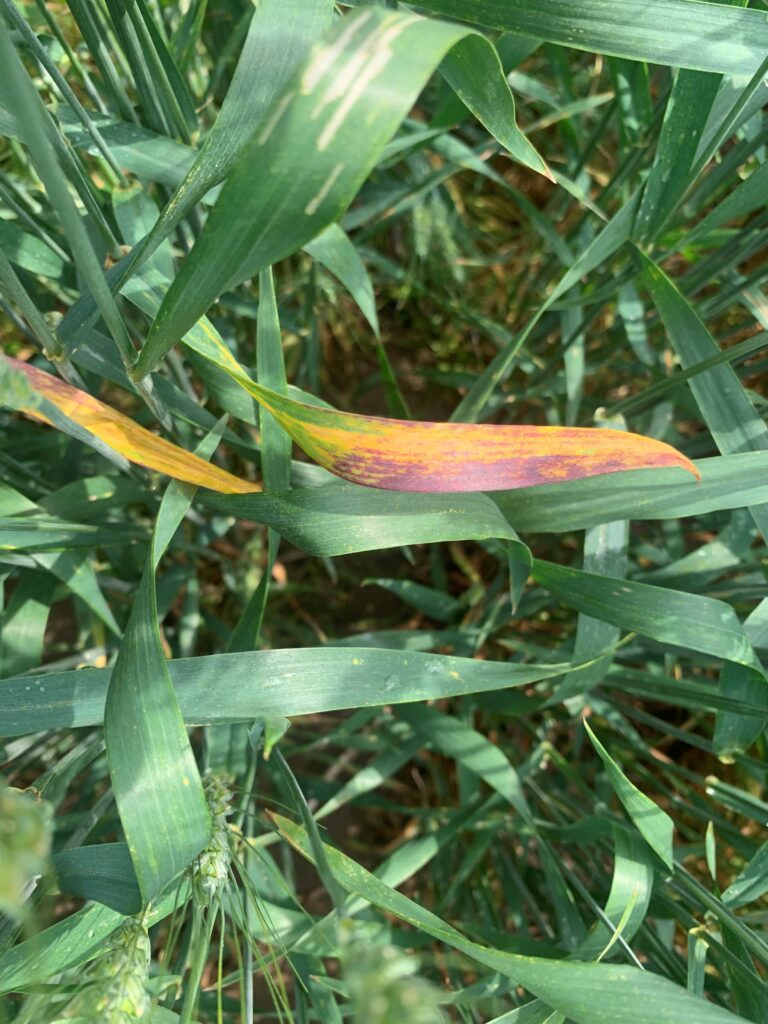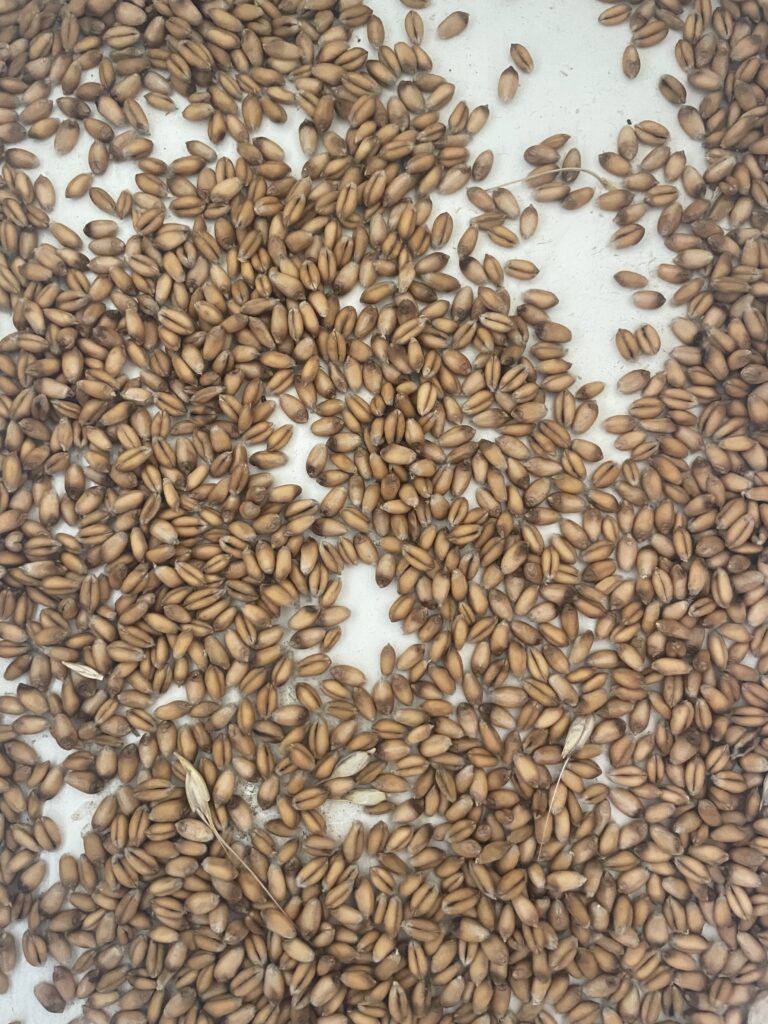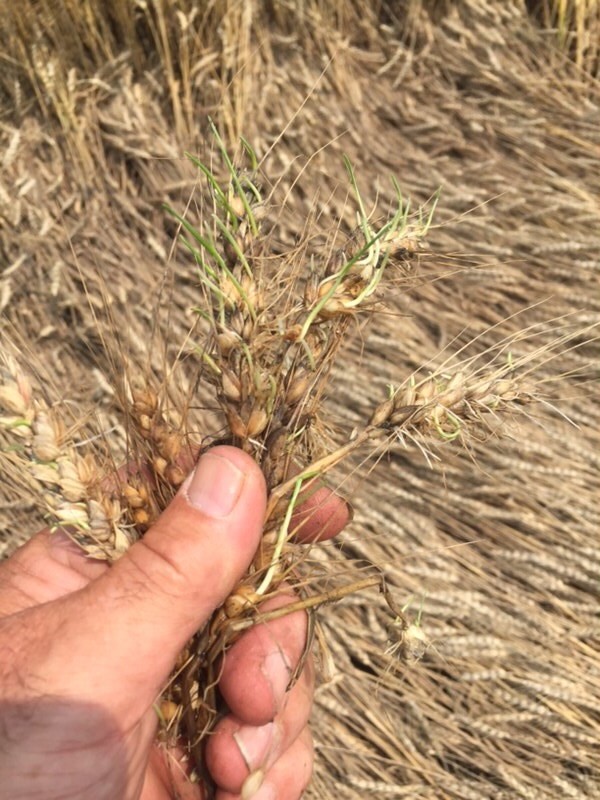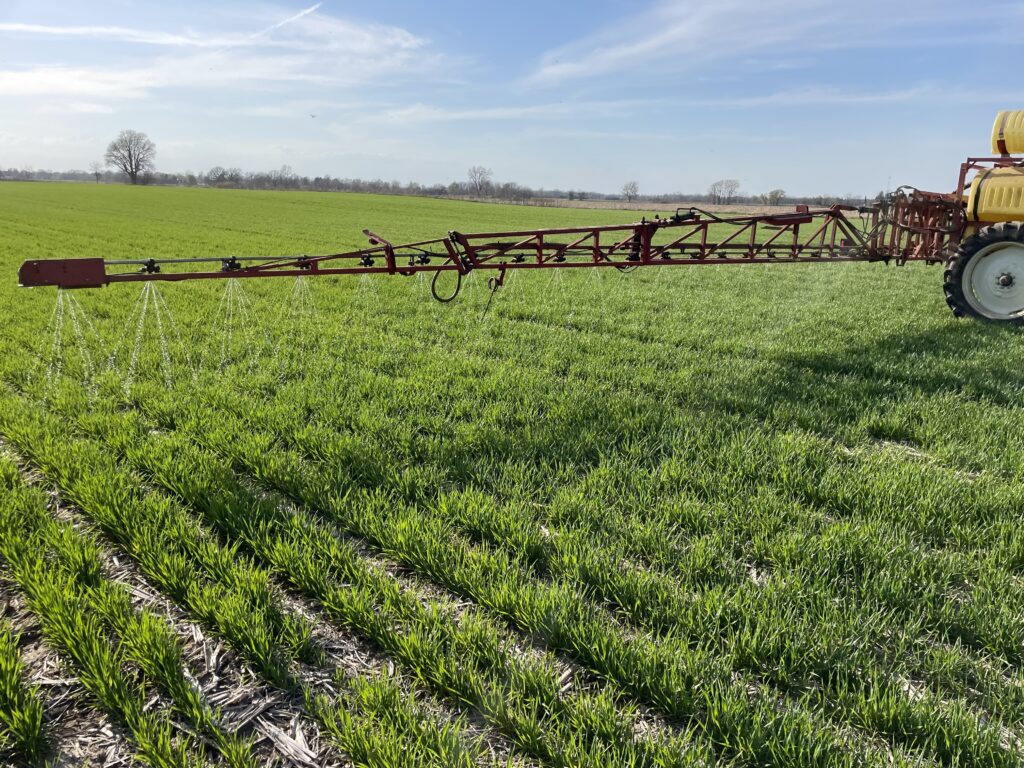Registration Open for the 2026 Great Lakes YEN
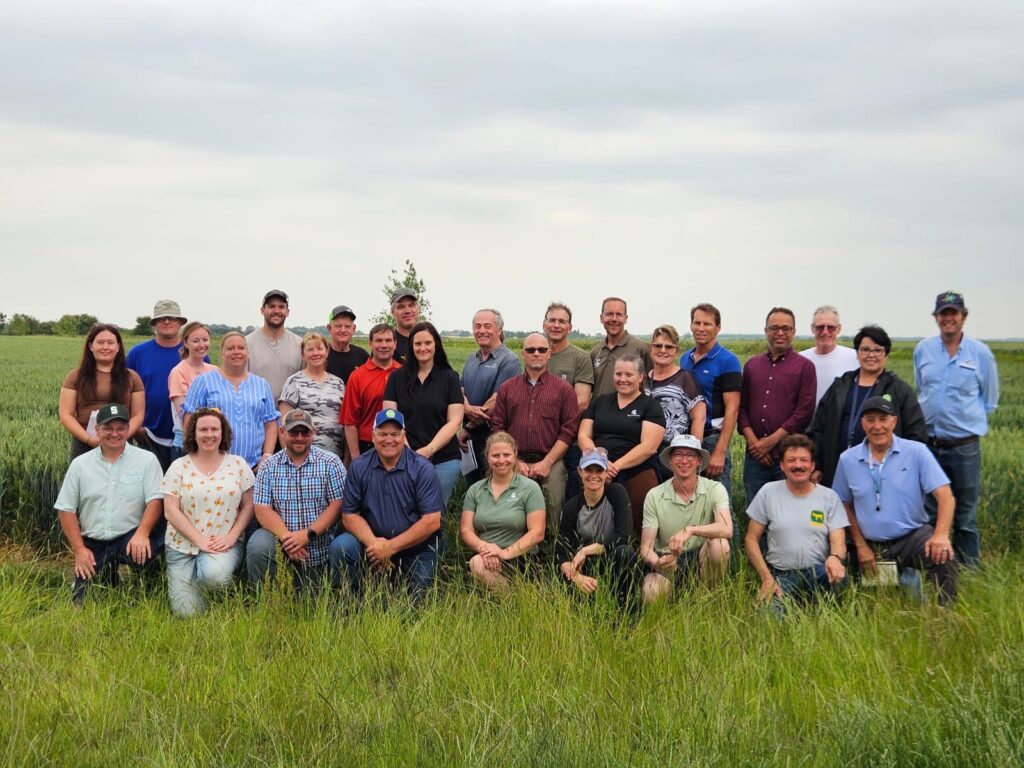
Registration for the 2026 Great Lakes Yield Enhancement Network (YEN) is now open. The Great Lakes YEN works to help farmers improve crop returns through a greater understanding of crop performance. The Great Lakes YEN is currently focused on winter wheat and covers the geographic area of the Province of Ontario, Canada, and the Great […]
